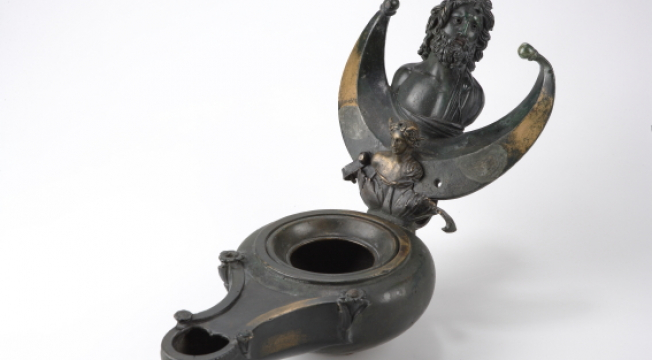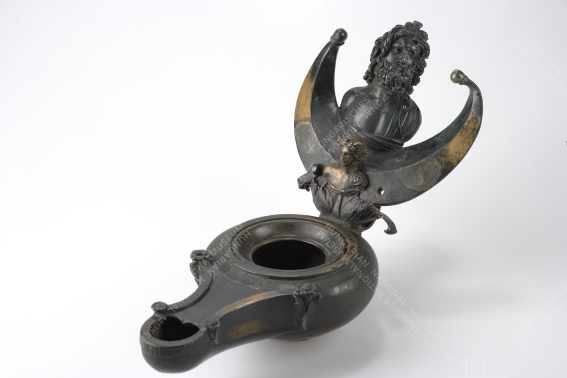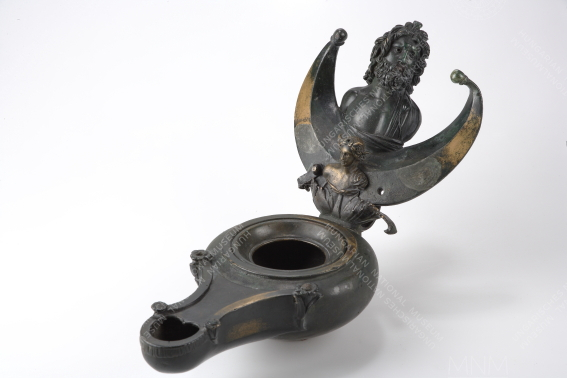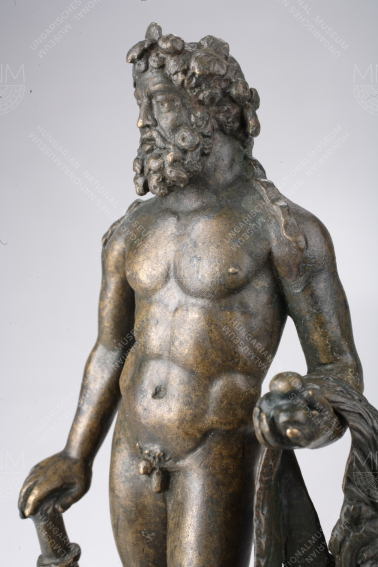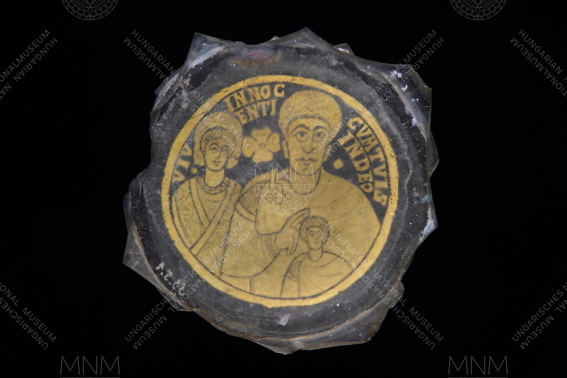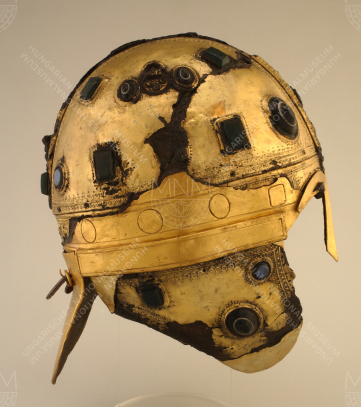
Room 6
With the reaching of the Common Era, images of two different worlds take shape in this room. Under the name of Pannonia, the territory of Transdanubia became a strategically significant border province of the Roman Empire, with high degrees of social organisation, technical development, literacy in Latin, and classical culture. By means of the Empire’s road network and long-distance trade, manufactured articles (often artistically made) and exotic foodstuffs reached Transdanubia from the Mediterranean and the western provinces. Transdanubia’s inhabitants already lived not just in villages, but in towns and on villa farms also. The culture of public bathhouses became established and games staged in amphitheatres became popular. At the same time, the peoples living in what is today the eastern part of Hungary retained their characteristic ‘barbarian’ Iron Age culture. They were in constant contact with the Roman Empire, now as opponents in war, now as trading partners in periods of peace. The trading aspect of the relationship is symbolised by the market scene that is presented, one which could have existed anywhere along the border (limes).
interesting facts:
Roman soldiers were trained to inflict wounds on the enemy using thrusting, not cutting, blows, because a thrust wound more than 6 cm deep would prove fatal on account of infection alone. The visitor can see the kinds of military equipment used by Roman soldiers in addition to hand weapons by taking a look ‘at the foot of the stronghold’.
Just as now, two kinds of lettering existed: inscriptions were carved on stone and metal using large printed letters, while joined-up lettering was to be found on wooden boards, earthenware items, and other objects.







